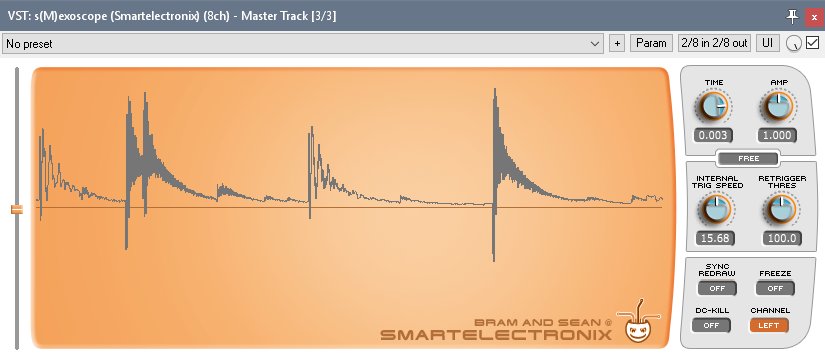Fripholm, I went to see what the waveform looks like and it's not raised up by DC signal. I tried to adjust R7 but I couldn't manage to get my signal to have flats. Right channel was easy to adjust, I did that already, but on left channel it was impossible. I think it has to do with my main problem (see below)
I sorted out my initial problem with release cutting the signal if set too short! Left channel was way too low in level. So I went to increase R22 and when I got it to be the same level as right channel, all the problems with release were solved. I fiddled a bit with R22/R56 and settled on some setting that is very similar on both channels.
But I still have an issue with left channel!
Whenever there is gain reduction, there's a lot if hiss added to the signal. It happens only when there is compression going on, so it's not something with output amp stage. Also, maybe related to the same problem, when I switch to THD setting there's a lot more upper harmonics. It's like ten upper harmonics present above 1khz test tone. Regulating R22/R56 doesn't move them, just the first three or four harmonics move (as they should).
I'm thinking it's got something to do with zener diodes. Should I try to replace them? Or is it possible that it's some faulty transistor?
I'm tempted to order 1N5231 and put those on both channels since Paul reported that they lowered the noise compared to 1N751A.
Btw, tonight was the first time I was able to listen to this compressor! Even though it's still not finished, it's already KILLER sounding! I've built PYE, PRR176, Pico, clx160, few 1176s and this one has something special in it's sound. I'm already happy with it! Can't wait to fix this hiss issue, add hold control and take it to the studio!

Luka


























